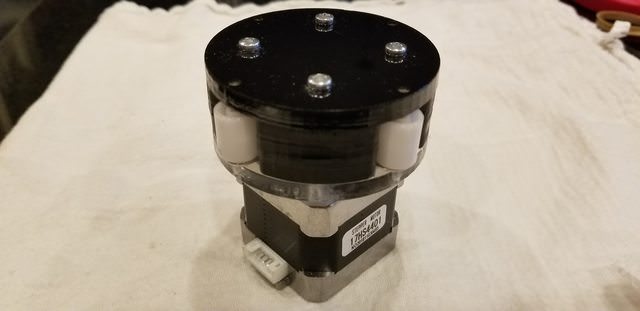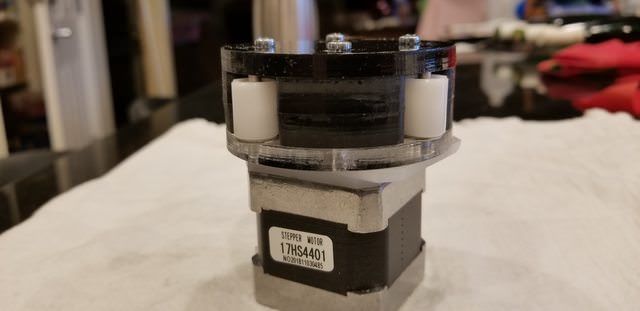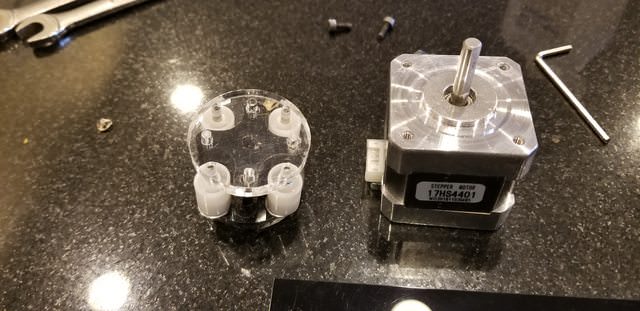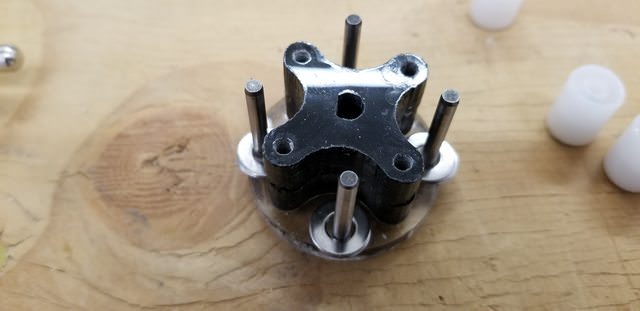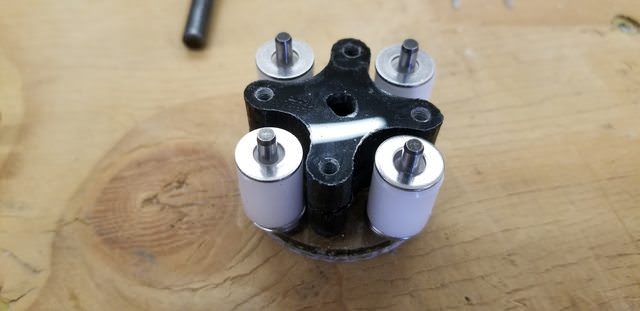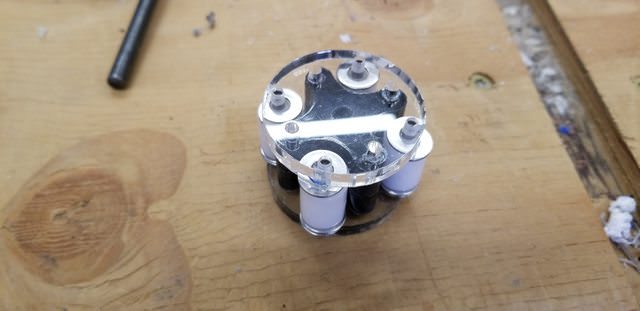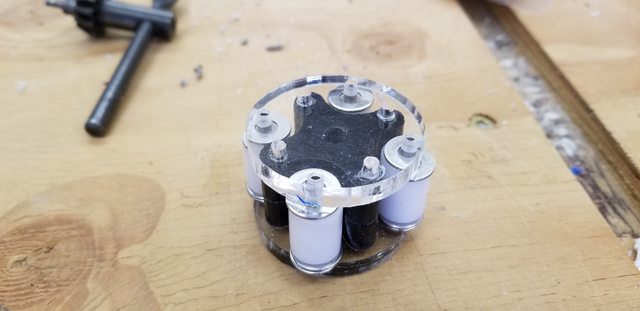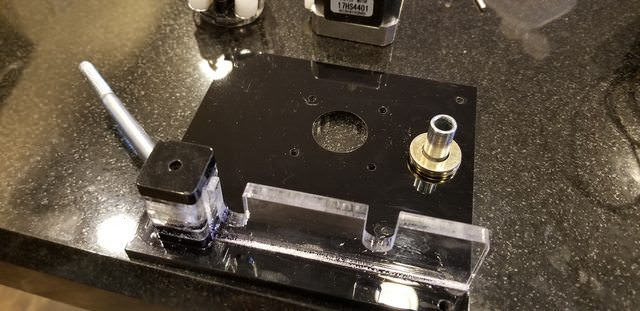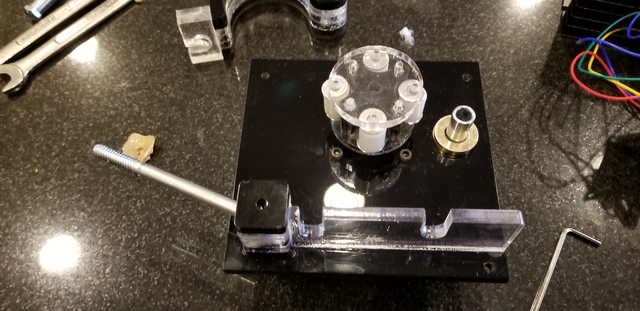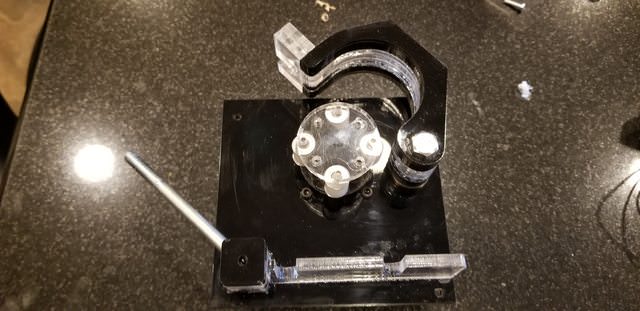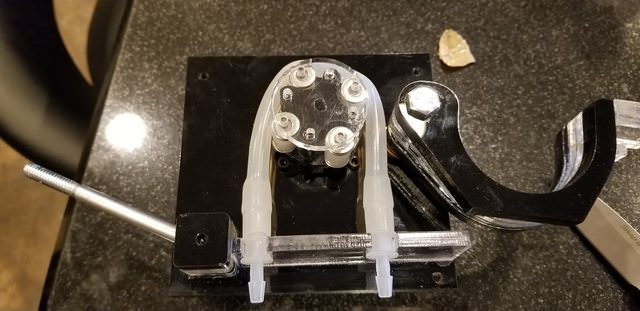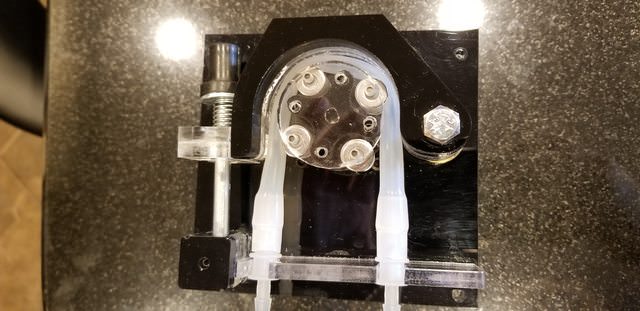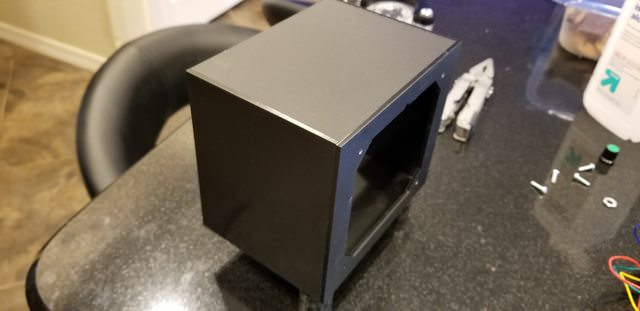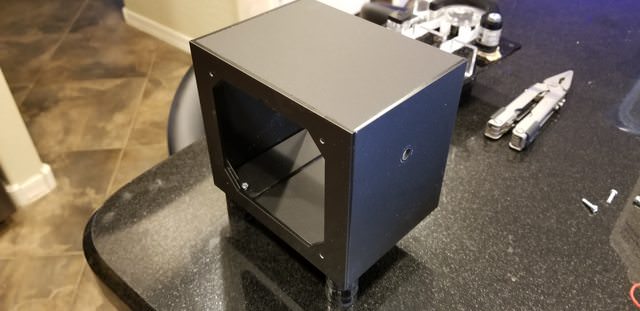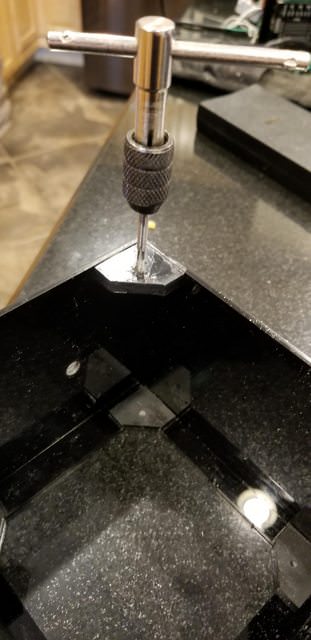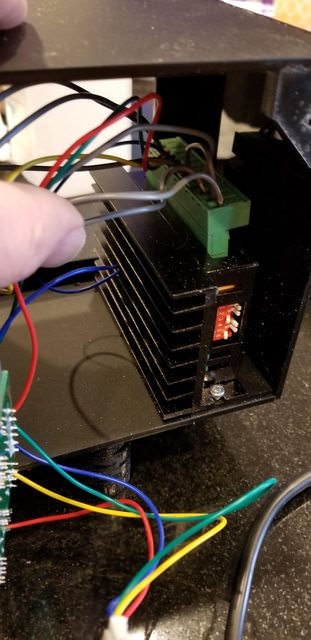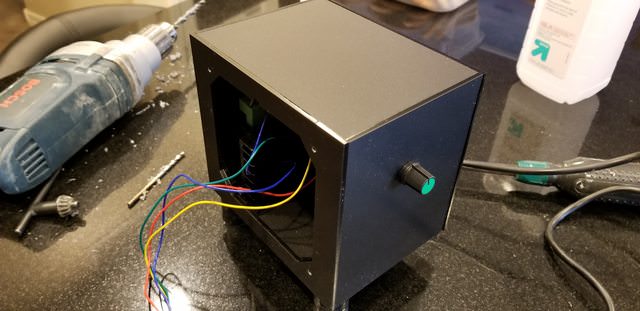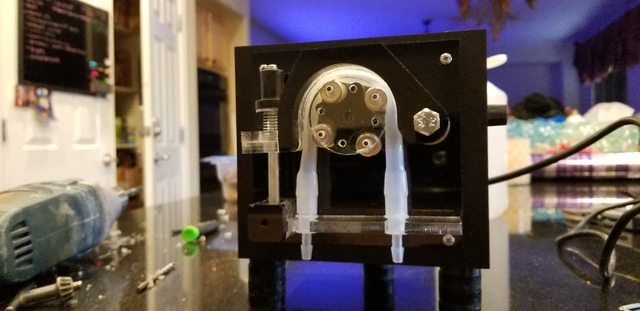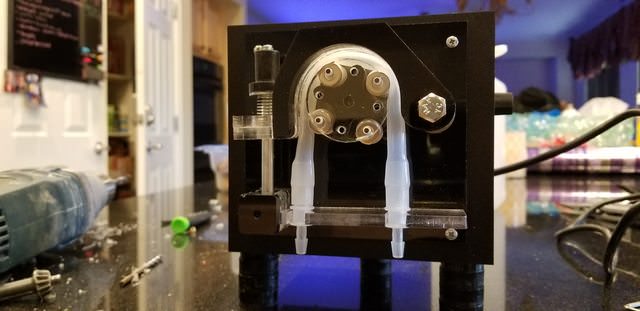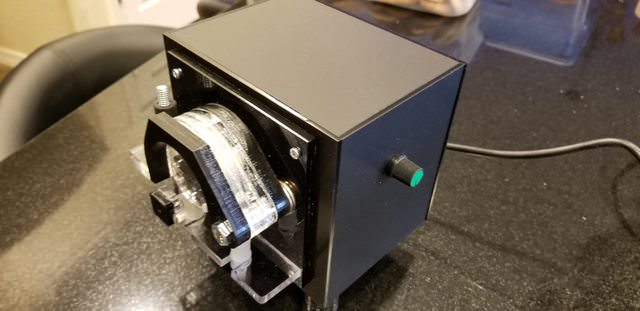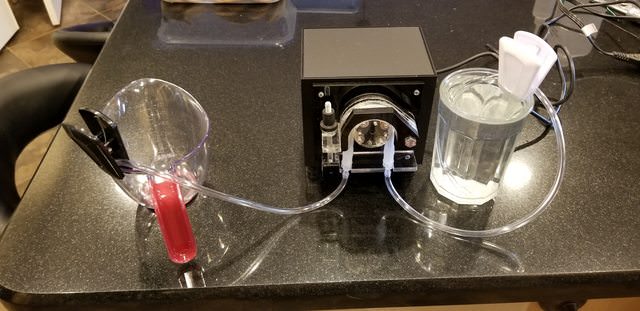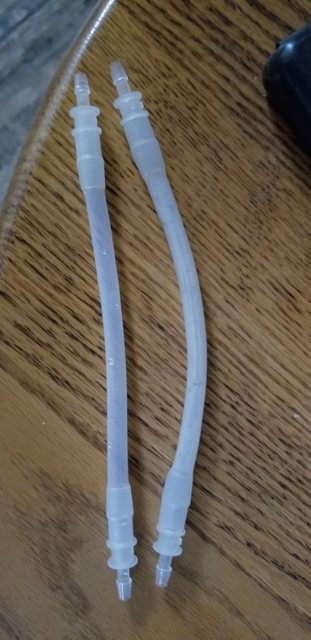As I get settled in with my new tank, aspirations of having a full blown SPS dominant tank requires me to have stable alkalinity, which means I will need a calcium reactor at some point in the future. From talking with friends and reading on line, I discovered that using a pump and needle valve to control flow through the reactor is a thing of the past and most successful reefers moved to a paristaltic pump a lot like the Kamoer FX-STP pump. I started digging further and found out that quality paristaltic pumps are really pricey. The first think I thought of when I saw the prices was, "I can't justify that!"
Understanding the basic concept of the pump, that it's a positive displacement pump and uses mechanical means to move liquid from 1 place to another without the liquid coming in contact with the pump itself.
Using the kamoer as a jumping off point I set some goals. The pump has to be:
1. accurate with dispensing fluid
2. robust enough to run nonstop
3. controllable, able to adjust fluid output throughout many different ranges (motor RPM or ml per minute)
4. able to run for 6 months without significant changes in output
5. able to get parts online with the ease
6. come in at a cost far below retail pumps
With all that in mind I started thinking about what motor to use? For accuracy, you can't beat a stepper motor, you can control very accurately the number of rotations and essentially program exact dosing regiment, a lot like how the neptune DOS works (at least I think they use a stepper motor design).
Down that rabbit hole I went. Outside of the basic concept, I didn't realize there were so many different stepper motor and applications, you have a unipolar, bipolar, Nema ratings, torque ratings... I was overwhelmed. I sought help on another forum and was able to narrow it down. I hopped on amazon and found one that seems like it would fit my needs. Side note, if you know me, I'm a touchy feely guy that needs to see and play with and sometimes take apart something to know weather or not it's going to work, pictures and data sheets can only go so far. I ordered a motor, driver and controller from amazon $37. And started playing with it.
Understanding the basic concept of the pump, that it's a positive displacement pump and uses mechanical means to move liquid from 1 place to another without the liquid coming in contact with the pump itself.
Using the kamoer as a jumping off point I set some goals. The pump has to be:
1. accurate with dispensing fluid
2. robust enough to run nonstop
3. controllable, able to adjust fluid output throughout many different ranges (motor RPM or ml per minute)
4. able to run for 6 months without significant changes in output
5. able to get parts online with the ease
6. come in at a cost far below retail pumps
With all that in mind I started thinking about what motor to use? For accuracy, you can't beat a stepper motor, you can control very accurately the number of rotations and essentially program exact dosing regiment, a lot like how the neptune DOS works (at least I think they use a stepper motor design).
Down that rabbit hole I went. Outside of the basic concept, I didn't realize there were so many different stepper motor and applications, you have a unipolar, bipolar, Nema ratings, torque ratings... I was overwhelmed. I sought help on another forum and was able to narrow it down. I hopped on amazon and found one that seems like it would fit my needs. Side note, if you know me, I'm a touchy feely guy that needs to see and play with and sometimes take apart something to know weather or not it's going to work, pictures and data sheets can only go so far. I ordered a motor, driver and controller from amazon $37. And started playing with it.





